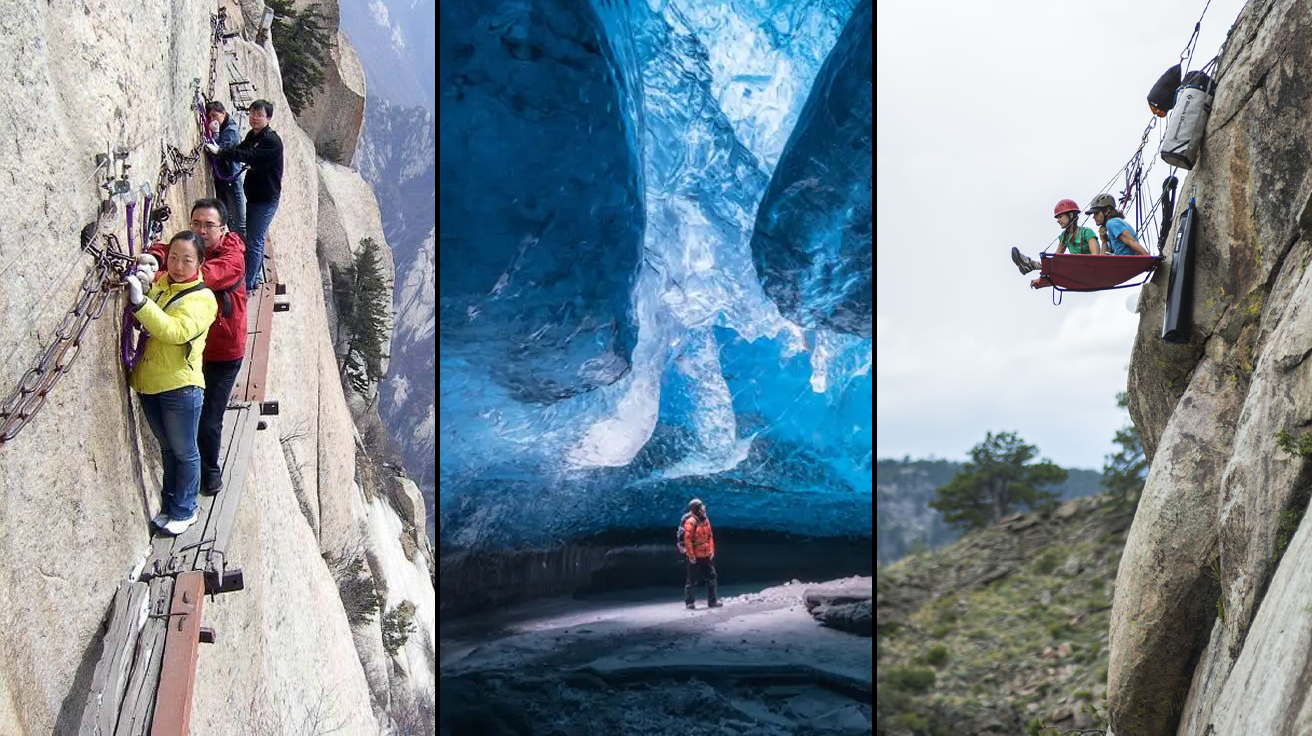If you’re drawn to the thrill of pushing your boundaries, these 24 dangerous attractions around the world will speak to your adventurous side. Each destination comes with its own mix of beauty and risk—whether it’s driving the Icefields Parkway, tackling the sheer drops of Mount Huashan’s Plank Walk in China, or diving into Belize’s Great Blue Hole. These aren’t for casual sightseers, but if you’re the kind of traveler who lives for moments that demand respect, planning, and a bit of nerve, these experiences will deliver in a way no ordinary journey can.
24. Morecambe Bay, Great Britain
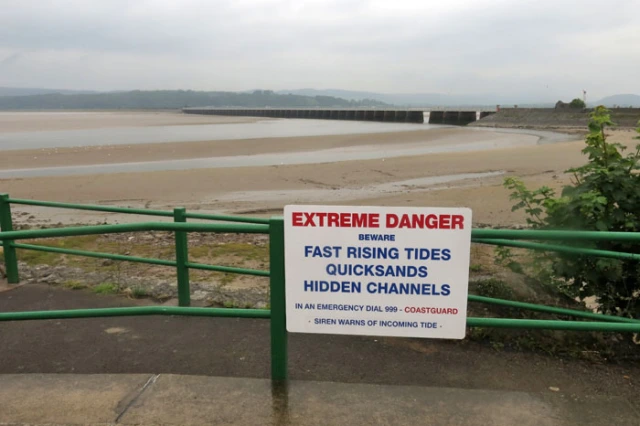
Morecambe Bay in Great Britain is a vast, scenic stretch of tidal flats and sandbanks, but the danger it poses is a very real, very present reality. Known for its fast-moving tides—the second fastest in the world—the bay can fill with water within minutes and trap anyone caught unawares. The shifting sands and mudflats can also act like quicksand, making escape difficult and disorienting. Couple this with dense fog and unpredictable weather, and Morecambe is beautiful, but best enjoyed with caution.
23. Oymyakon, Russia
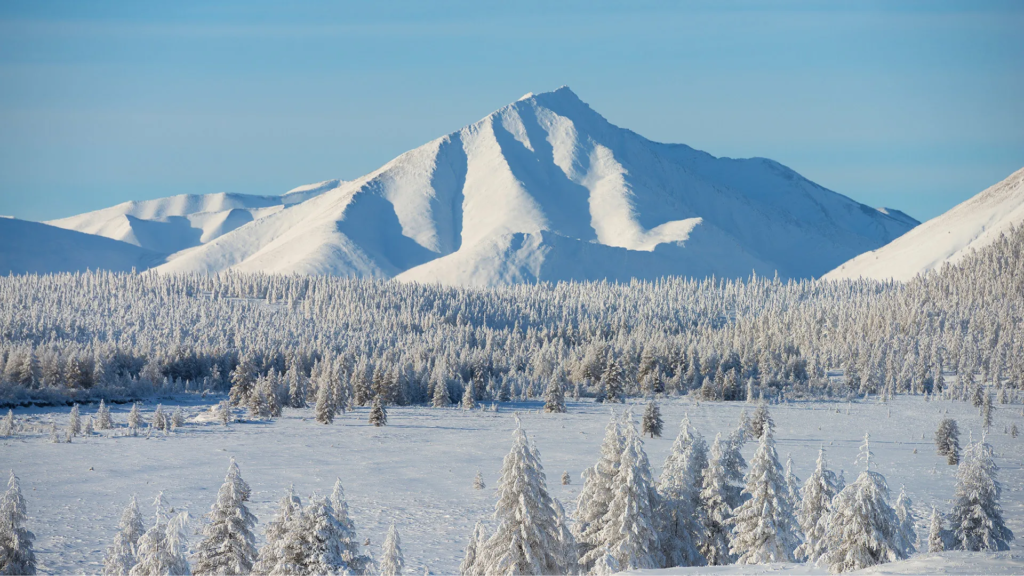
Oymyakon, Russia, holds the title of the coldest inhabited place on Earth, with winter temperatures regularly plummeting to -50°C (-58°F) or lower. The extreme cold makes daily life a challenge, as vehicles and machinery freeze, making transportation unreliable. Frostbite can set in within minutes, water sources freeze regularly and the only town in the area relies on subsistence fishing and hunting. The town’s infrastructure is adapted for the relentless cold, but Oymyakon remains a place where survival hinges on respecting the elements and preparing for an unforgiving climate.
22. Lehe Ledu Wildlife Zoo, China

Lehe Ledu Wildlife Zoo in China flips the typical zoo experience on its head by locking you in a cage while the exhibits (like tigers) wander around outside. Raw meat is strapped to the outside of the vehicle, which draws in the animals and gives visitors a rare chance to experience big cats and bears in a near-natural setting. However, guests are strictly reminded to keep their hands inside the cage to avoid being maimed.
21. Death Path, China
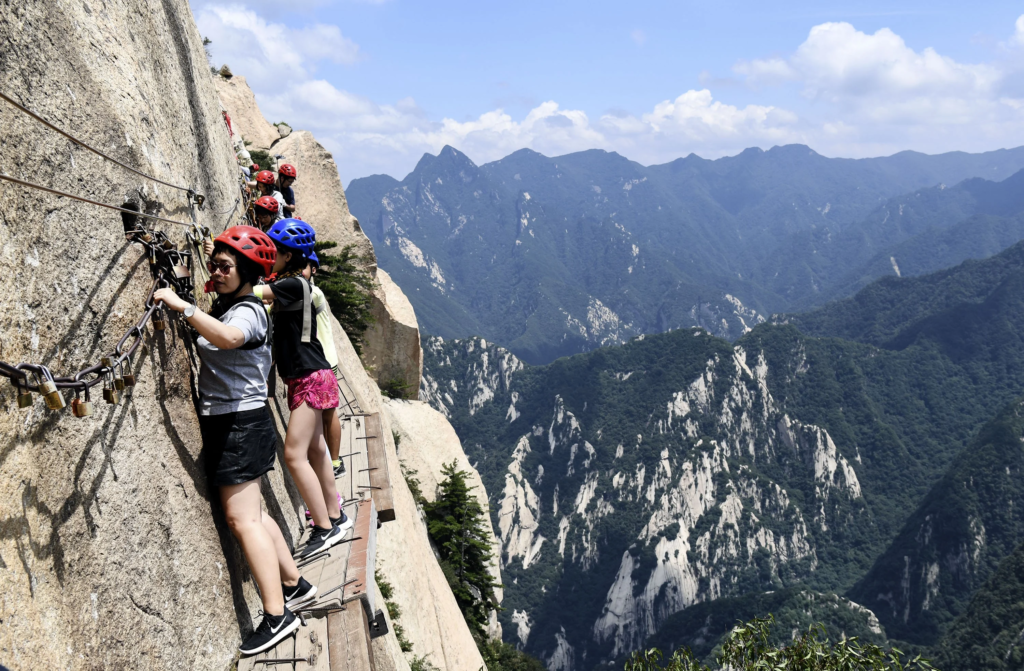
The “Death Path” on Mount Huashan, China, is the name of a legendary trail that clings to a cliffside with narrow wooden planks bolted to the rock, leaving just inches between you and a 1,000-foot drop. Chains for gripping and a lifeline harness are provided, but the entire path still feels like a brush with death. Strong winds, minimal footing, and dizzying heights mean the Death Path is largely meant for more seasoned (and brave) climbers.
20. Mount Everest, Nepal
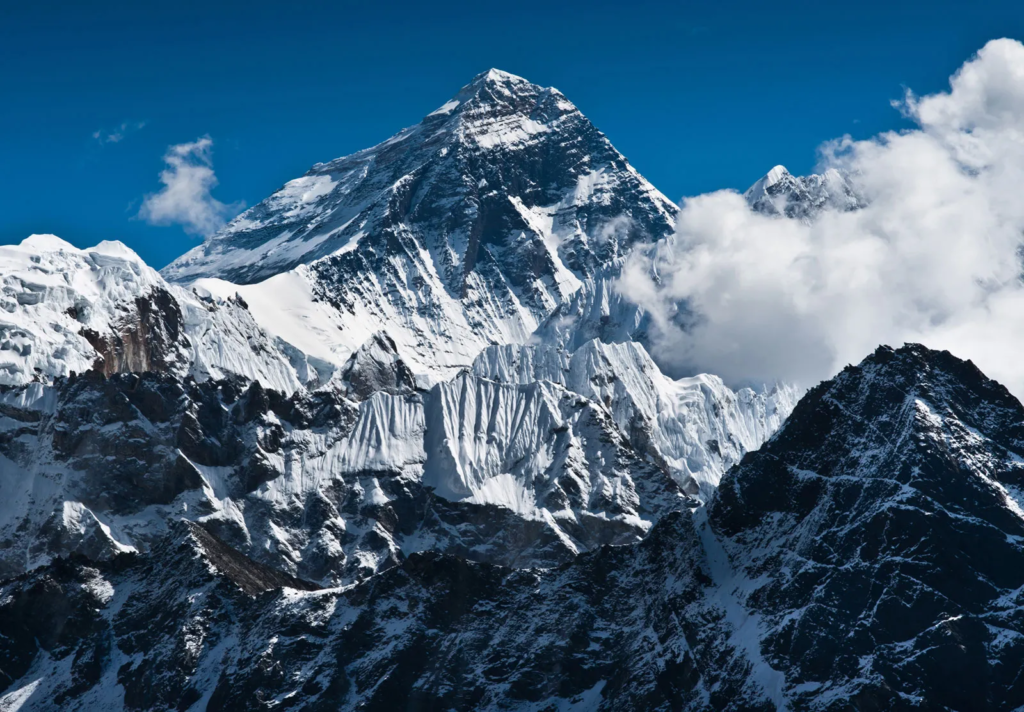
Climbing the world’s tallest peak is a bucket list item, but it’s also incredibly dangerous. With extreme weather, avalanches, and altitude sickness, this is one journey that truly tests your limits. Experts say that descending Mount Everest is more challenging than the climb itself. Over 300 lives have been claimed by this treacherous path, not including those whose bodies were never recovered by their families.
19. CN Tower EdgeWalk, Canada
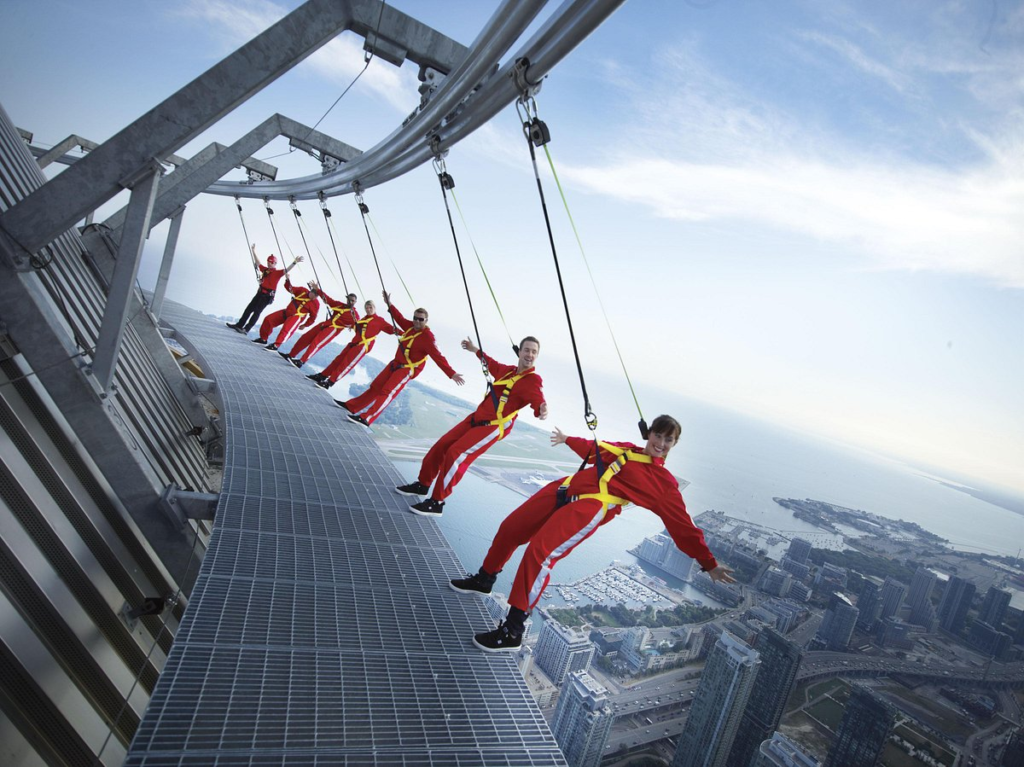
Feel like a real daredevil with the CN Tower EdgeWalk, where you stroll along the edge of a skyscraper 1,168 feet up. Strapped into a harness, you’re leaning out over the edge with nothing but open air and a view of the city below. It’s arguably one of the safest experiences on the list thanks to the harness – but the height alone deters tons of people.
18. Devil’s Pool, Zambia
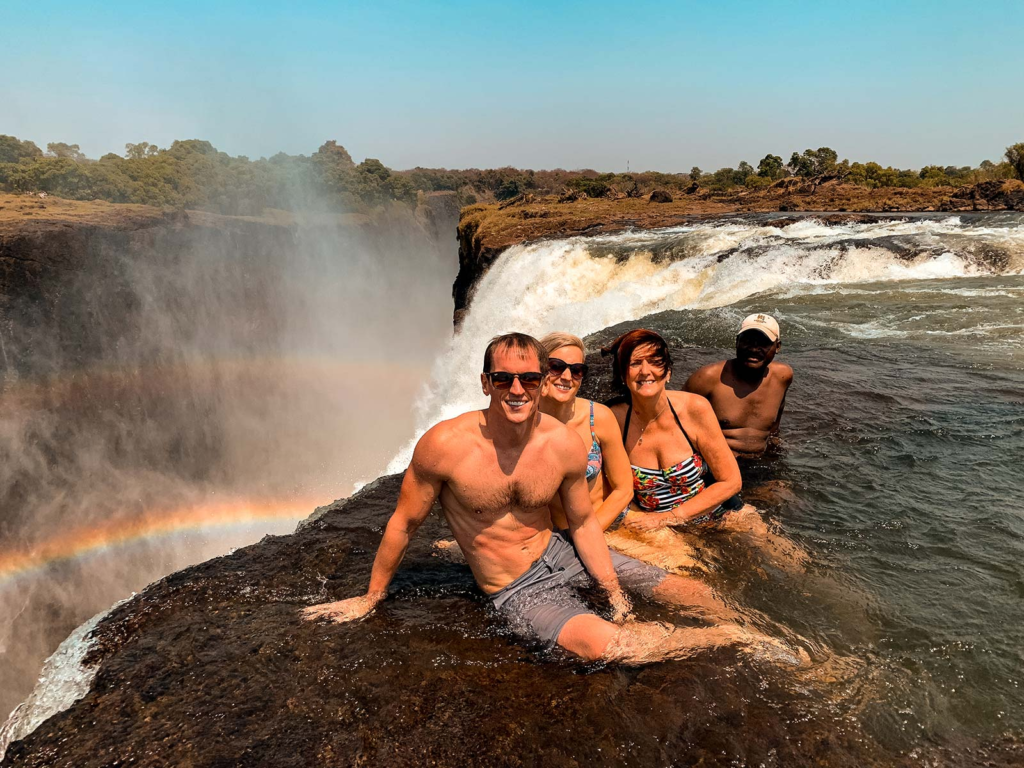
Located at the edge of Victoria Falls, Devil’s Pool lets swimmers get right up close to the falls. It’s a breathtaking swim, but the strong currents make it incredibly risky. Visitors often sit by the edge to take selfies, but since 1958, this spot has claimed the lives of 20 people.
17. The White Line, Arizona, USA

The White Line in Sedona, Arizona, is an infamous mountain biking route carved into a sheer rock face, offering minimal traction and terrifying drop-offs. With its narrow, sandy trail barely wider than a bike tire and zero room for error, it demands flawless precision and unbreakable nerves. One wrong move or moment of hesitation could mean a dangerous fall, and the remote location makes rescue challenging.
16. The Royal Gorge Bridge, Colorado, USA
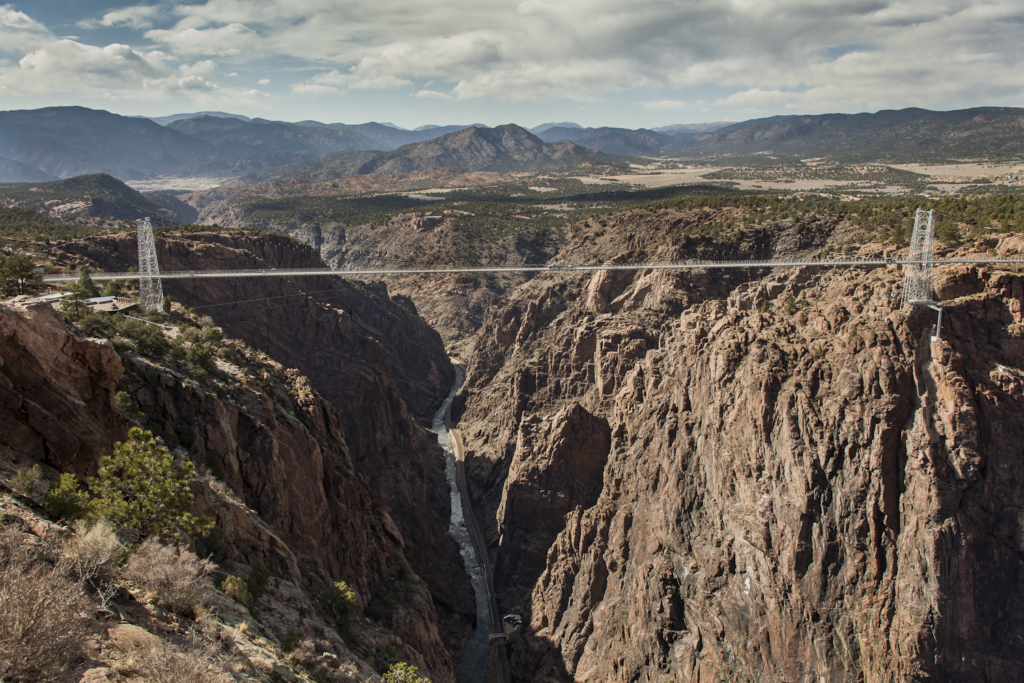
Spanning the Royal Gorge, this suspension bridge offers stunning views but is definitely not for the faint of heart. It sways as you cross, so if you have a fear of heights, it’s best to steer clear.
15. Crocodile Farm, Thailand

This crocodile farm has a floating cage built from wood, plastic, and metal mesh, letting visitors get up close to the crocodiles. Visitors can feed them, but sitting atop a pool of water full of crocs with nothing but a simple metal cage keeping you safe will take guts.
14. Mont Blanc, France
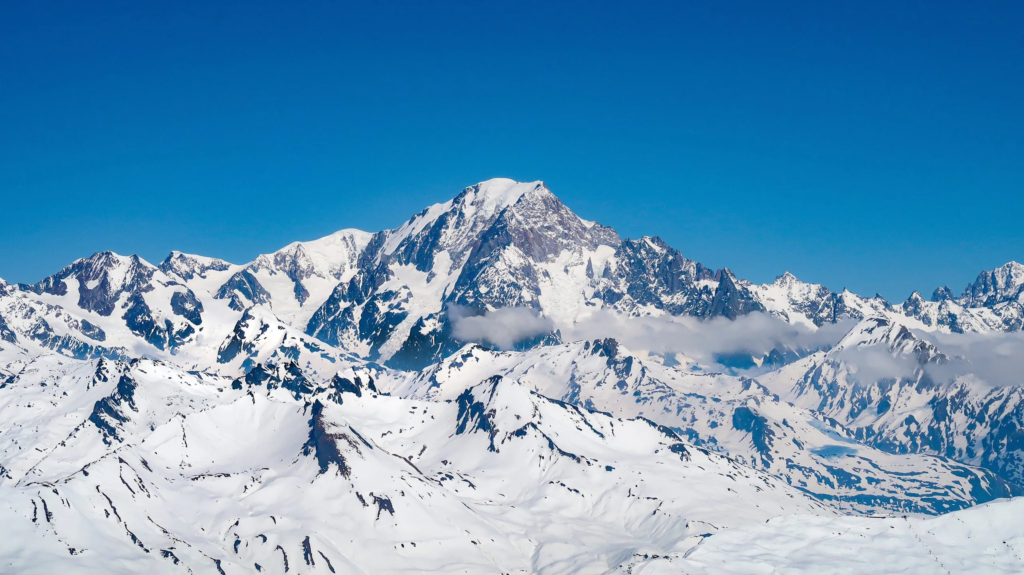
Mont Blanc, France, draws climbers from around the world with its stunning beauty and high-altitude challenge, but it’s also one of the deadliest mountains in Europe. The climb features unpredictable weather, with sudden snowstorms and extreme winds that can catch even seasoned climbers off guard. Avalanches and rockfalls are common, especially on popular routes like the Gouter, making the path treacherous and unstable. The altitude, reaching over 15,000 feet, can lead to severe altitude sickness, impairing judgment and stamina. With its mix of exposed ridges, rapidly changing conditions, and high altitude, Mont Blanc demands technical expertise, resilience, and respect for the risks.
13. The Death Road, Bolivia
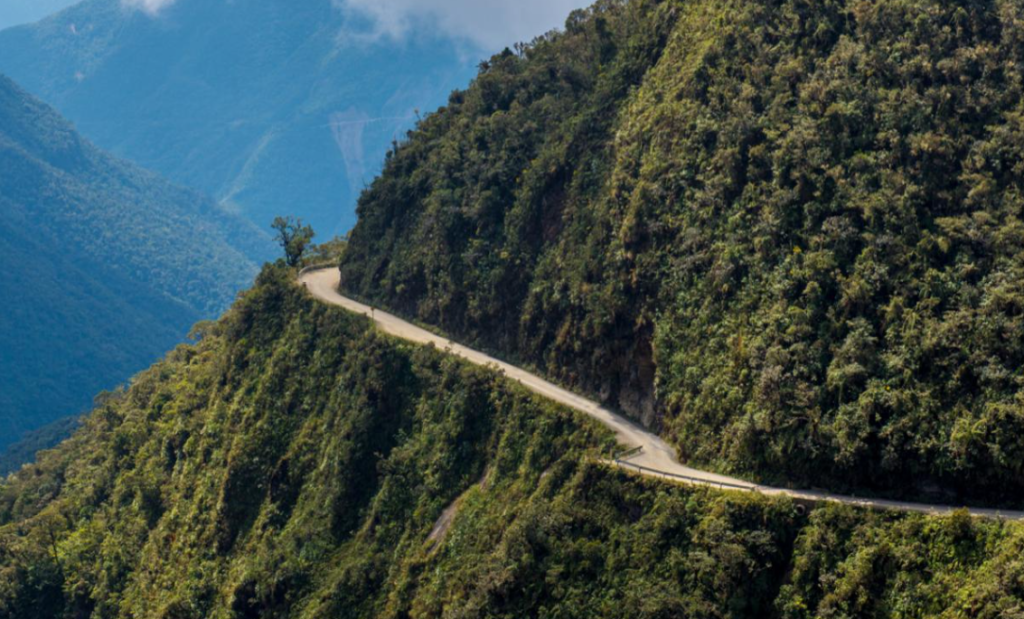
Bolivia’s Death Road, or Yungas Road, lives up to its name as one of the most perilous routes in the world, stretching 40 miles of narrow, winding path along sheer cliffs that drop over 2,000 feet. Originally built for vehicles, this single-lane road barely clings to the mountainside, often shrouded in dense fog and plagued by heavy rain, which makes the gravel surface even more treacherous. With hairpin turns, minimal guardrails, and landslide-prone sections, it’s an extreme ride, to say the least. Despite the risks, thrill-seekers flock to conquer Death Road, drawn by its breathtaking views and infamous reputation.
12. The Skywalk, Arizona, USA
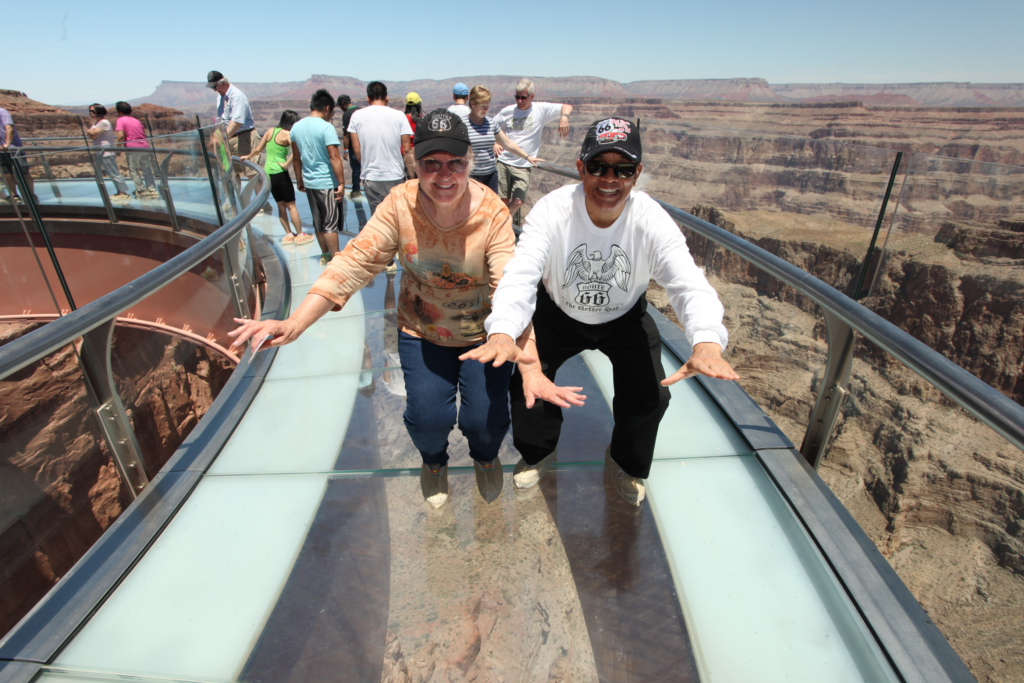
This glass walkway stretches over the Grand Canyon, offering sweeping views of the landscape below. While it’s structurally safe and engineered to support extreme weight and withstand harsh weather, the experience can be intimidating given you can see straight beneath your feet into the canyon below.
11. The Cliffs of Moher, Ireland
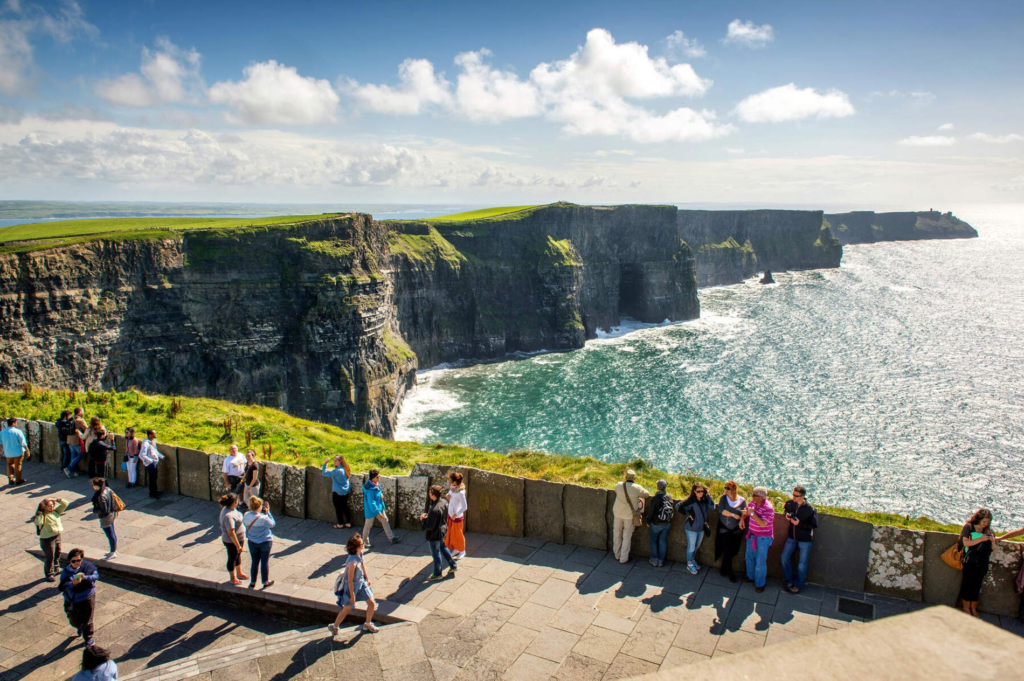
The Cliffs of Moher in Ireland, with their dramatic 700-foot drop into the Atlantic, are both breathtaking and treacherous. Though there are marked trails, many visitors venture dangerously close to the cliff edge for a better view or photo, where strong winds and loose soil create a high risk of slipping or being swept off balance. Between this and the possibility for rain-slick paths, it’s a beautiful destination that demands you stay cautious and vigilant.
10. The Amazon Rainforest, South America
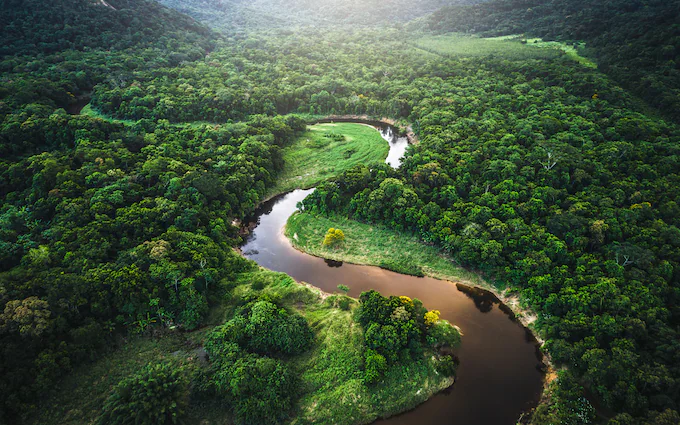
Exploring the Amazon is thrilling, but it comes with real danger. Its dense jungle can disorient even experienced explorers, leading to a risk of getting lost in vast, uncharted territory. The rainforest is home to countless poisonous plants, venomous snakes, aggressive insects, and predators like jaguars, all posing threats to intruders. High humidity and constant rainfall create a breeding ground for diseases, including malaria and dengue fever. Rapidly changing weather, limited visibility, and lack of immediate medical help make the Amazon a challenging and unforgiving place for those unprepared for its intense conditions.
9. The Great Blue Hole, Belize
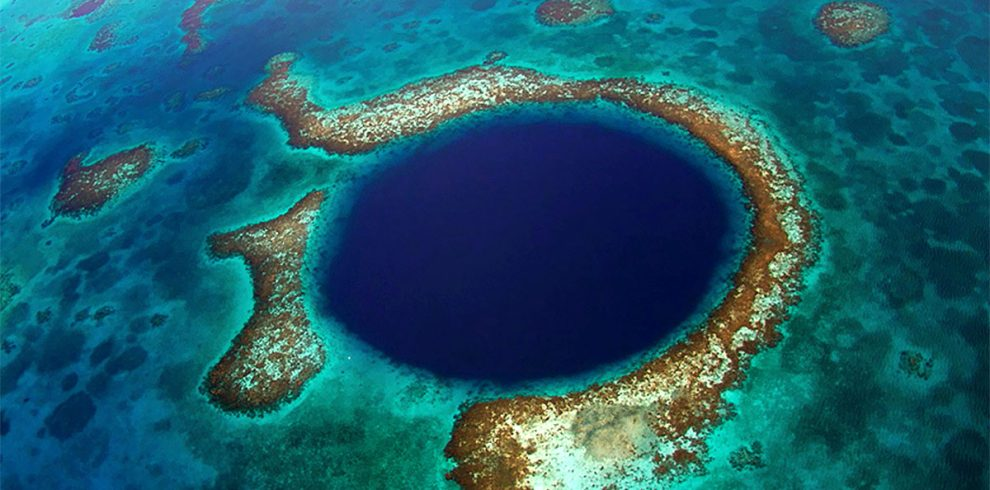
The Great Blue Hole in Belize is a bucket-list dive site but the beauty comes with a warning. This massive underwater sinkhole, over 400 feet deep, can rapidly become disorienting thanks to narrow passages and limited light as you descend. The deeper waters are home to nitrogen narcosis and sudden thermoclines, which can impair judgment and cause disorientation. Strong currents around the rim add to the challenge, requiring divers to have advanced training and experience to handle the rapid changes. Though beautiful with its unique stalactite formations and marine life, the Great Blue Hole is a place where respect for depth and skill is crucial, as miscalculations can be deadly.
8. The Icefields Parkway, Canada
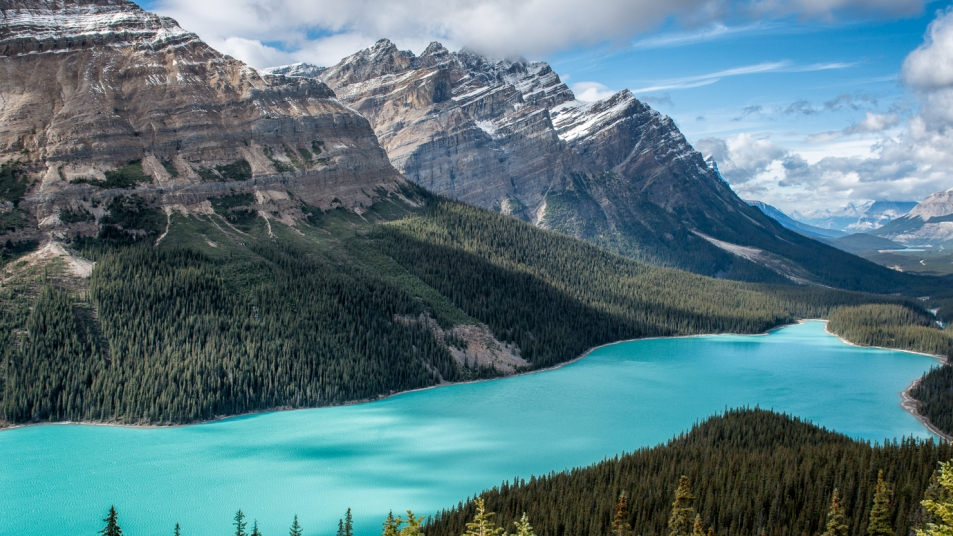
Driving this scenic road in winter means braving icy conditions and unpredictable wildlife. Stretching through the rugged Canadian Rockies, this 144-mile route is often subject to sudden weather shifts, bringing heavy snow, ice, and dense fog that can make driving treacherous. Narrow, winding roads with few guardrails add to the danger, as do steep drop-offs along sections of the parkway. Wildlife crossings are common, with large animals like moose or bears appearing unexpectedly, increasing the risk of collisions.
7. The Himalayas, Asia
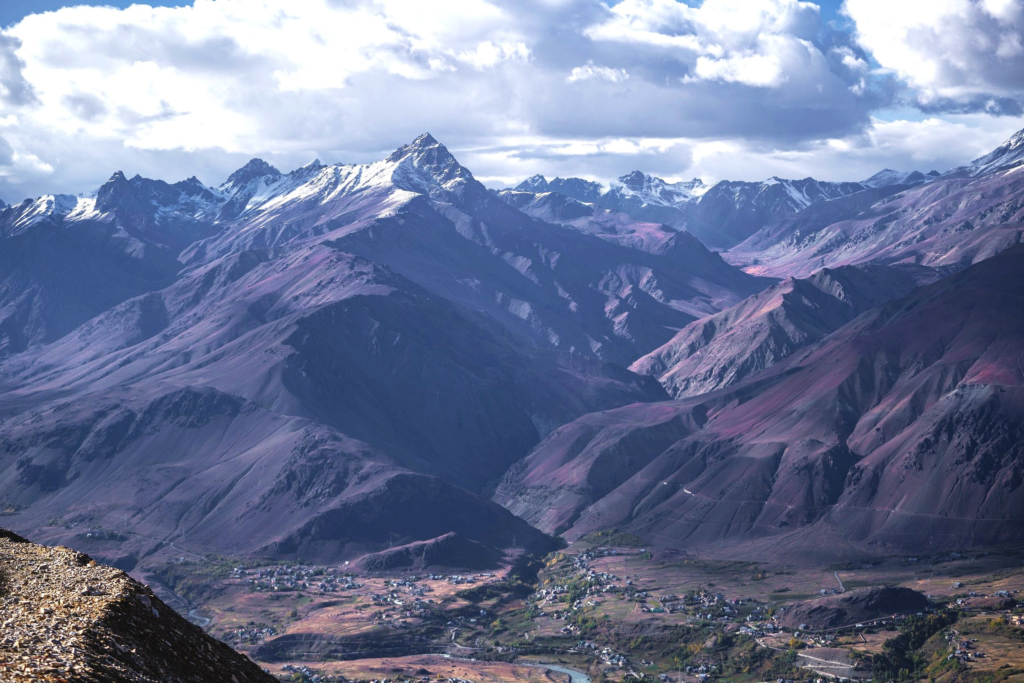
Home to some of the toughest treks on Earth, the Himalayas offer spectacular views but demand respect for their altitude and rugged terrain. With some of the world’s highest peaks, including Mount Everest, the range has no shortage of perilous challenges like extreme altitude, leading to hypoxia and altitude sickness that can impair judgment and physical ability. Unpredictable weather, with sudden snowstorms, blizzards, and freezing temperatures, can trap climbers or cause fatal exposure. The region is also prone to avalanches, rockfalls, and crevasses, making the trails treacherous even for seasoned mountaineers.
6. The Ring of Fire, Pacific Ocean
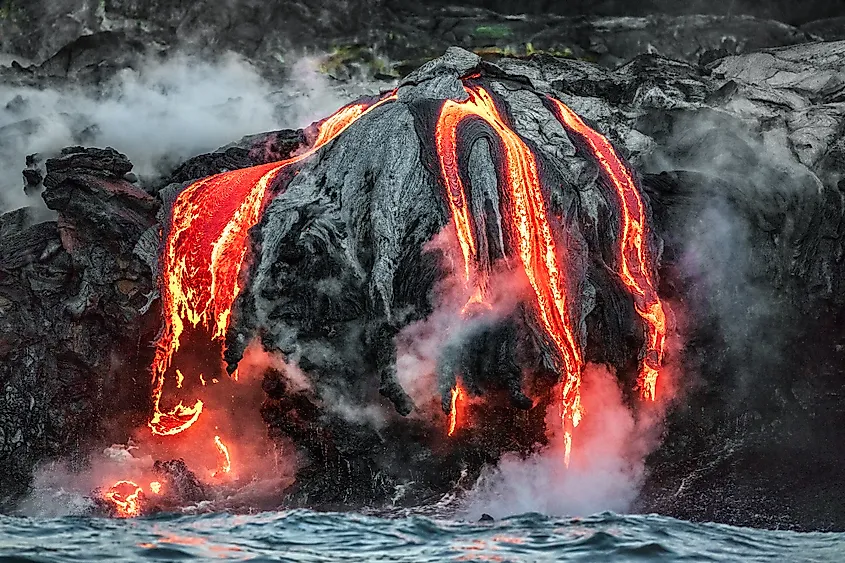
The Ring of Fire is known for frequent volcanic eruptions and earthquakes. Stretching across several countries, this geologically active region is prone to powerful earthquakes, tsunamis, and volcanic eruptions, which can occur with little warning and have devastating effects on coastal populations. Volcanic eruptions can blanket areas in ash, disrupt air travel, and cause lava flows, while underwater quakes can trigger tsunamis that travel across oceans at incredible speeds, impacting distant shores. Many of the islands within the Ring are beautiful destinations – but it’s wise to be mindful of the possible danger you can find yourself in.
5. The Sahara Desert, Africa
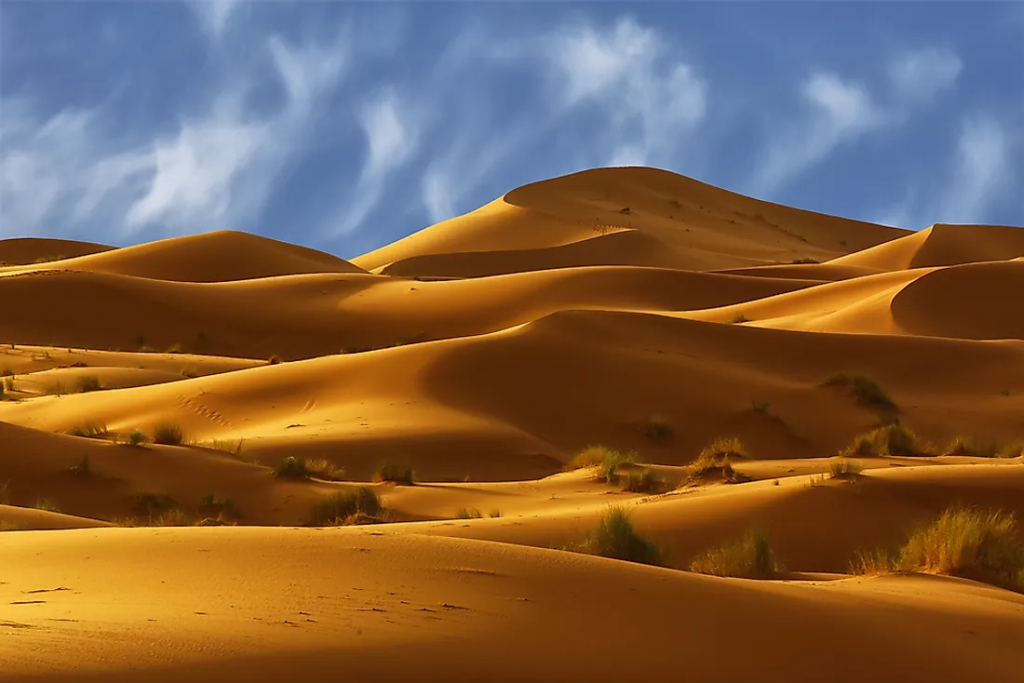
Exploring the Sahara means braving scorching heat and endless sand dunes. Temperatures soar above 120°F (49°C) during the day and plunge sharply at night. Water is scarce, and dehydration can set in rapidly under the relentless sun. The Sahara’s shifting sand dunes and vast, featureless plains make navigation difficult given the general lack of distinguishable landmarks. Sandstorms are common, with high winds that can reduce visibility to near zero and cause respiratory issues. Despite its beauty, the Sahara is a place where survival depends on careful preparation.
4. The North Face of the Eiger, Switzerland
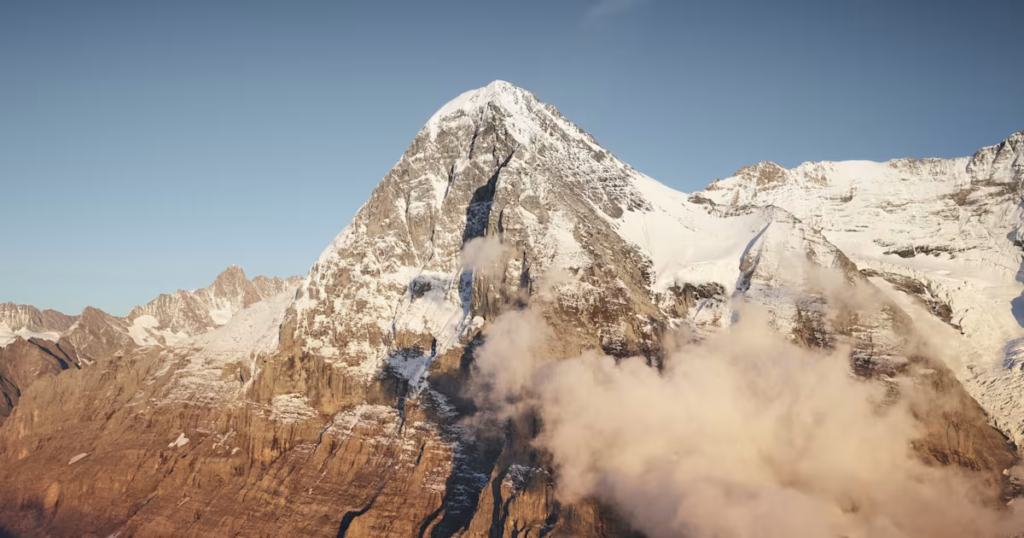
The North Face of the Eiger in Switzerland, famously called the “Murder Wall,” is one of mountaineering’s most dangerous challenges. This sheer, 5,900-foot rock wall has near constant hazards: rockfalls, avalanches, and treacherous ice fields, along with temperatures that can plummet unexpectedly. The Eiger’s unpredictable weather shifts are especially deadly, often trapping climbers in fog or sudden snowstorms. The steep, exposed ascent demands technical skill, mental resilience, and tremendous preparation, as the slightest error can be fatal.
3. The Bermuda Triangle, Atlantic Ocean
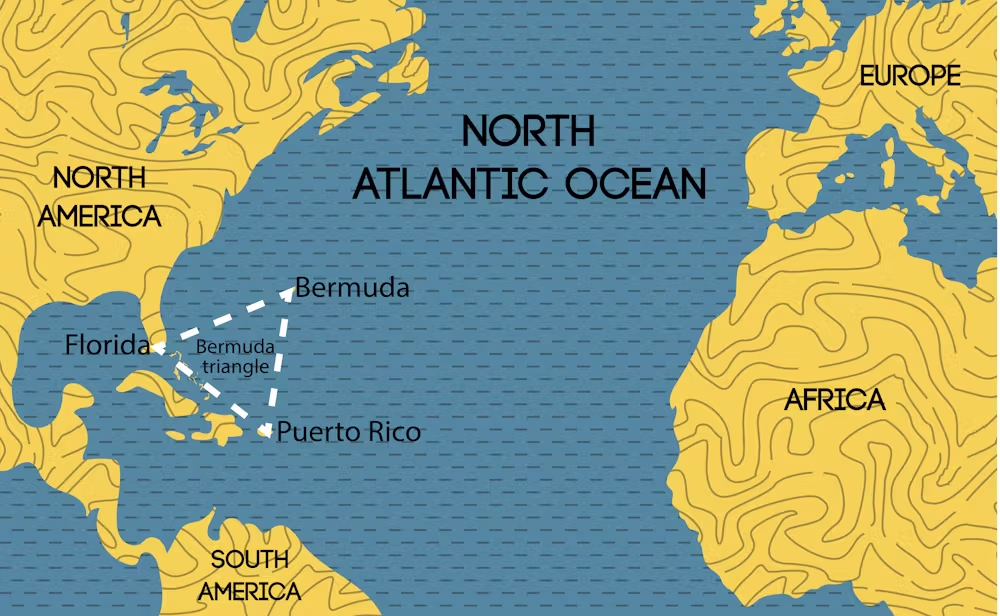
The Bermuda Triangle, an area of the Atlantic Ocean bounded roughly by Miami, Bermuda, and Puerto Rico, is shrouded in mystery and tales of danger. Known for the unexplained disappearances of ships and planes, this region has unpredictable weather patterns, with sudden storms, water spouts, and strong ocean currents that can disorient and overwhelm even experienced navigators. The Triangle is also home to some of the deepest underwater trenches, where wreckage can vanish without a trace. Magnetic anomalies have been reported, potentially disrupting navigation instruments. While many disappearances have rational explanations, the Bermuda Triangle’s mix of natural hazards and eerie legends continues to intrigue—and caution—those who venture into its waters.
2. The Atacama Desert, Chile
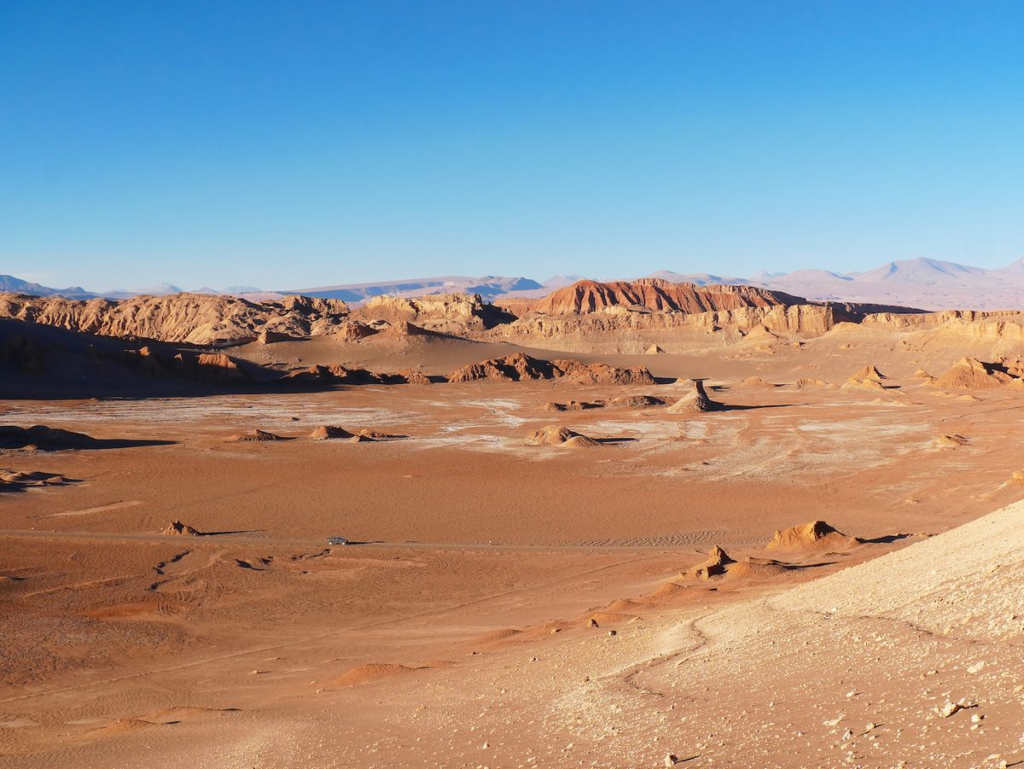
The Atacama Desert in Chile, is one of the driest places on Earth. Some areas have never recorded a single drop, creating a barren landscape where survival is a constant challenge. The extreme dryness and high UV radiation make dehydration and sun exposure major risks, while the salt flats and rugged terrain make navigation difficult. Temperatures swing from scorching days to freezing nights, which only adds to the dangers of the desert.
1. The Ice Caves of Iceland
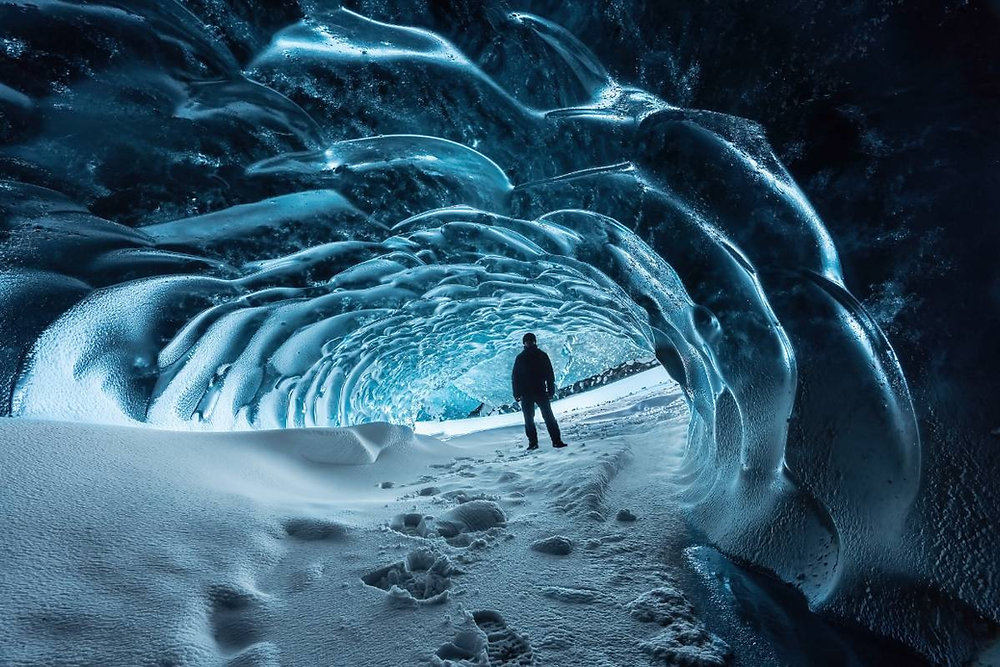
The Ice Caves of Iceland draw in adventurers with glowing blue chambers carved into glaciers. However, while they offer stunning views of crystal-clear ice that glows under light, these caves are highly unstable. Formed by meltwater tunnels, they can change shape or collapse unexpectedly as temperatures fluctuate. Entering an ice cave without proper guidance can be risky, as sudden thaws or shifts in glacier structure can trap or injure visitors.

